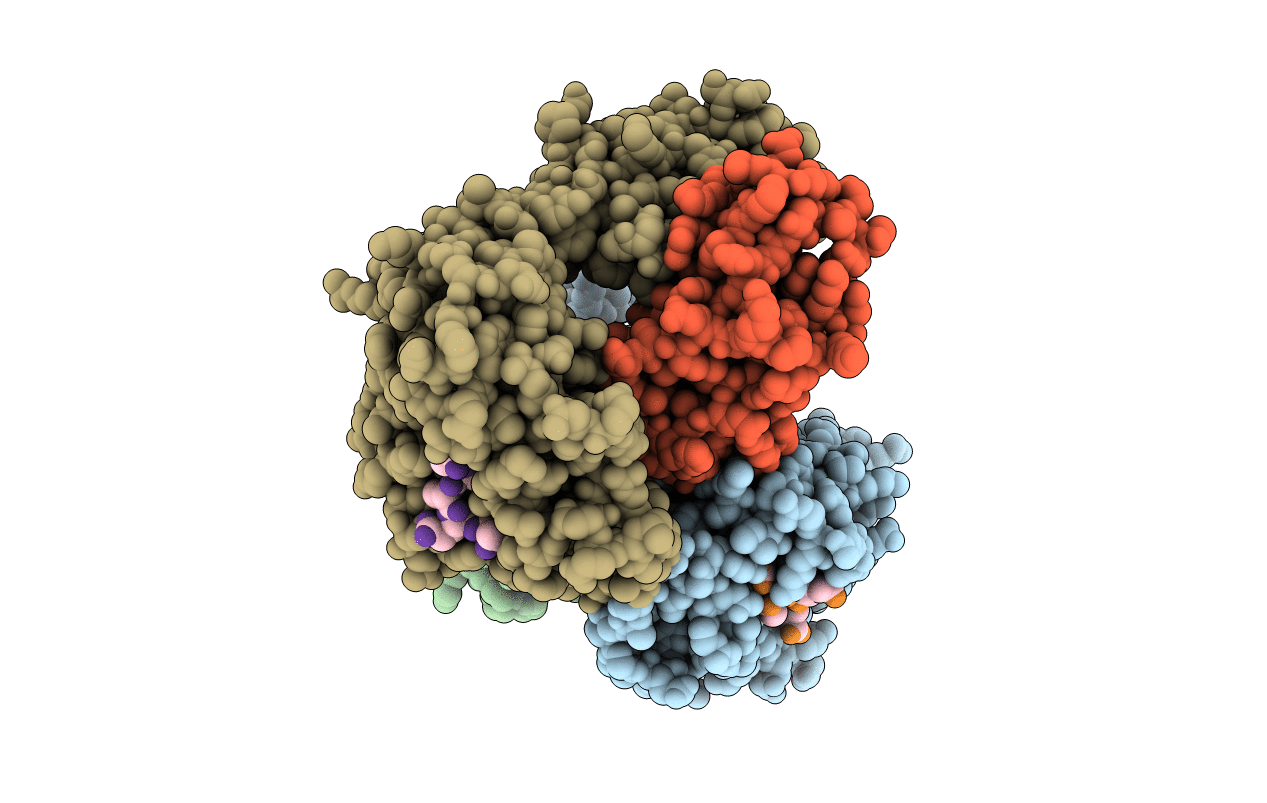
Deposition Date
2008-03-31
Release Date
2008-11-18
Last Version Date
2024-10-30
Entry Detail
PDB ID:
3CPL
Keywords:
Title:
Crystal Structure of H-2Db in complex with a variant M6A of the NP366 peptide from influenza A virus
Biological Source:
Source Organism:
Mus musculus (Taxon ID: 10090)
Host Organism:
Method Details:
Experimental Method:
Resolution:
2.50 Å
R-Value Free:
0.28
R-Value Work:
0.22
R-Value Observed:
0.22
Space Group:
P 1


